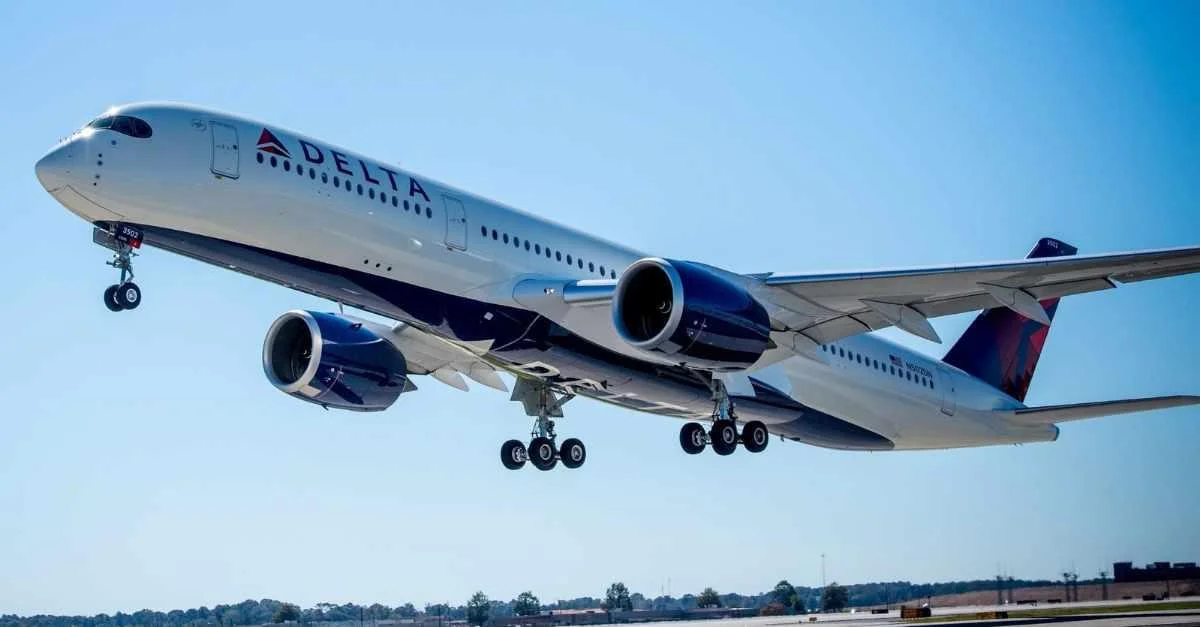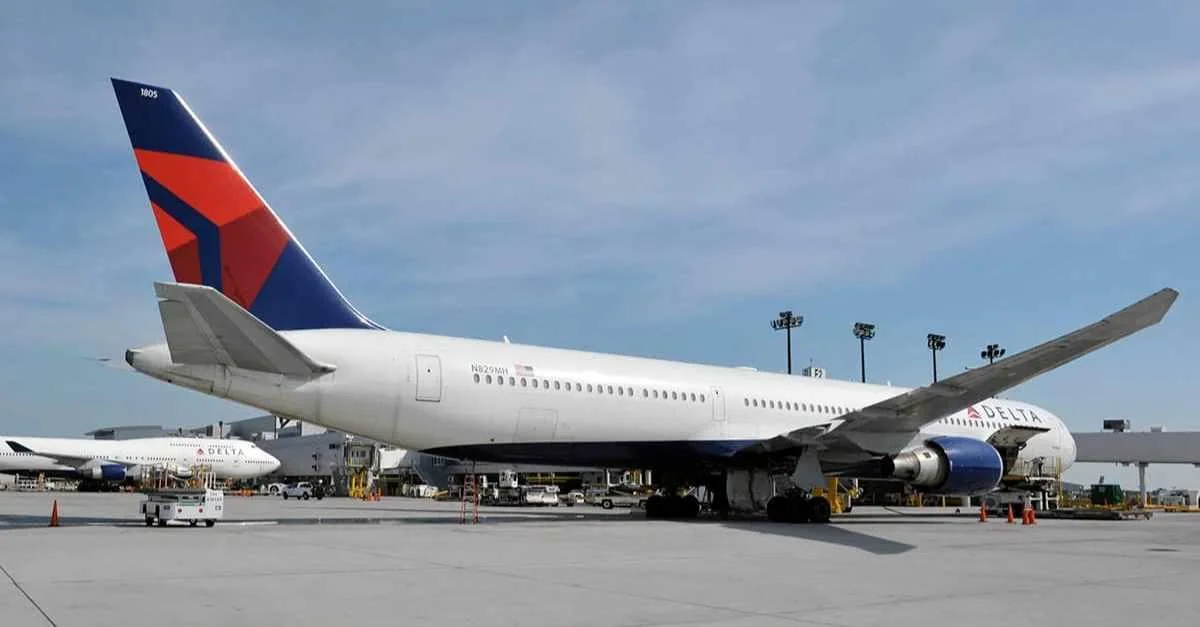The National Transportation Safety Board (NTSB) has concluded its investigation into a severe turbulence incident involving Hawaiian Airlines Flight 35 in December 2022. The report attributes the cause to the flight crew's decision to fly over a storm cell rather than deviating around it, despite having sufficient meteorological information indicating potential severe convective activity.
On December 18, 2022, the Airbus A330-200 was en route to Daniel K. Inouye International Airport in Honolulu when it encountered turbulence about 65 nautical miles from Kahului, Hawaii. At the time, cabin crew members were concluding service and securing carts while pilots were aware of forecasts predicting adverse conditions ahead.
"The flight crew’s decision to fly over an observed storm cell instead of deviating around it despite sufficient meteorological information indicating the potential for severe convective activity," stated the NTSB report.
 Alerts Sign-up
Alerts Sign-up










